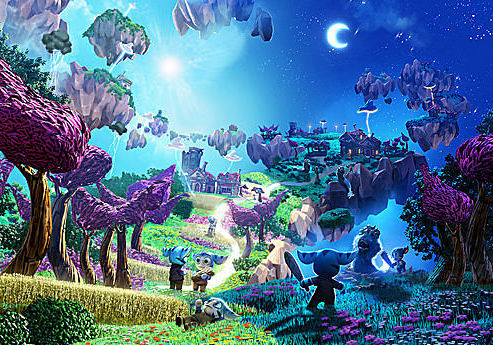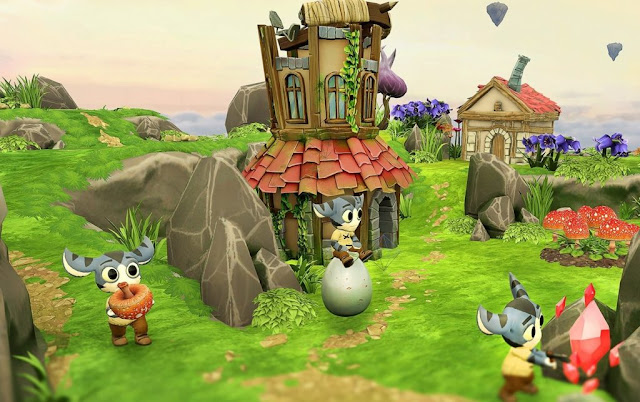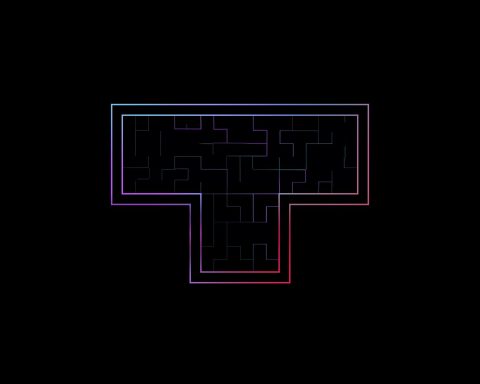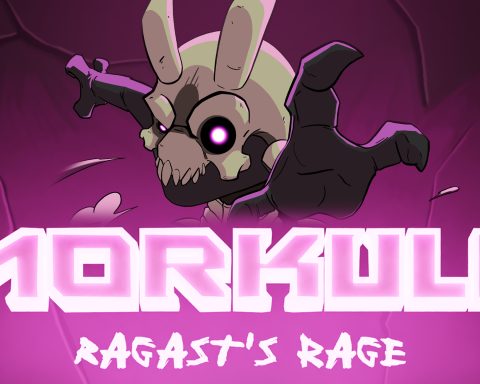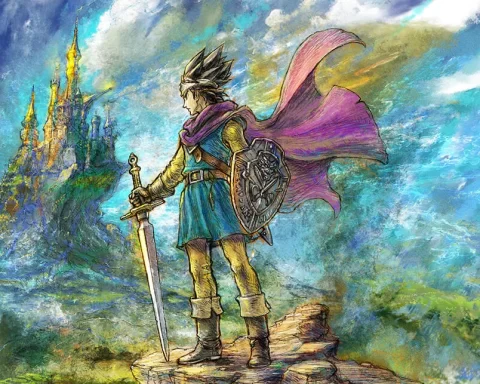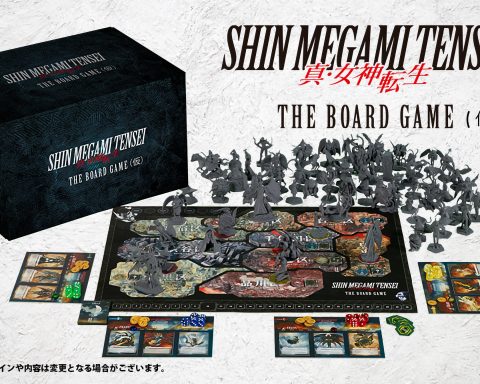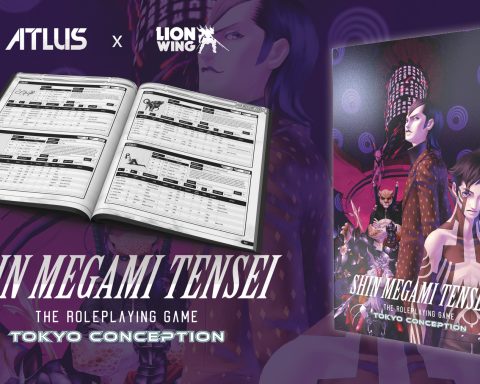Review by Matt S.
In the lead up to the release of the PlayStation VR, I hadn’t even considered how well the format might work for strategy games. Having now played Tethered, I realise that yes, of course VR does great things for strategy games.
We’re all used to the “God” view that we have with strategy games. We order units around from our lofty view, looking down at the action below us. But in most strategy games that point of view is merely a convenience; it’s fixed in that position because we need to be omnipresent in order to do our jobs and lead our virtual characters to victory.
This idea, of course, was cribbed from the classic tabletop strategy games of old. Before video games were even a mainstream concept people would collect figurines of soldiers from various periods of history. They would paint these soldiers, and then set up battlefields, where they would recreate their favourite battles from history, trying to turn historic losses into victories. In these games the perspective that we had of the battlefield was absolutely relevant; we’d have a better understanding of the lie of the field, and we were able to make colder strategic decisions, as we weren’t surrounded by gunfire and the screams of the dying.
Oh. My. God. VR strategy game, and it. Is. Gorgeous. #PS4share https://t.co/oQ10KVPkj2 pic.twitter.com/qcpivoz3Pd— Miku McMikuFace (@DigitallyDownld) October 25, 2016
Virtual reality introduces new potential to a raft of games, but if Tethered is anything to go by, for the strategy genre it gives us the opportunity to connect with our little characters on a far deeper level. Tethered is a cute, light, strategy/ God simulation game in which you need to guide a small group of characters as they build up a fledgling village and protect it from attacking hordes of monsters.
You’ll start out with a single little critter, which looks eerily like a character from the Gremlins movies (I mean the adorable Gizmo, pre-shower, not the hell spawn he produces when soaked). You’ll need to use him to start gathering resources, even as he’s also hatching other gremlin-like buddies from eggs that fall from the sky. You’ll need to manage this little community’s hunger by collecting food, and then use the other resources to build farms (to produce more food), and other buildings, which allow you to give the little critters professions (making them better at chopping up wood or mining stone), or turning them into soldiers to defend your growing village.
Is this game not just the cutest thing? Look at my little dudes go. #PS4share https://t.co/oQ10KVPkj2 pic.twitter.com/9R3Gbt35SH— Miku McMikuFace (@DigitallyDownld) October 25, 2016
Even the simple act of giving orders to the critters is far more personable in Tethered than the other games we’ve seen before. To select a little gremlin-critter, you’ll need to tilt your head to look directly at him. Then you’ll need to tilt your head again to look at the thing you want him to interact with. Would this system break down if Tethered was a faster, more complex, or more intense strategy game (like Starcraft or even Civilization)? Yes, of course. It’s a little clunky and it can be difficult to get the pointer to pick out the right thing if there are a couple of things grouped together. Often I’d accidentally select the wrong gremlin-thing from a group and send him somewhere I didn’t want him to go, and would then waste seconds re-ordering him to his original task before trying to select the right critter again. I found the game difficult to manage when the number of gremlin-things exceeded ten. But Tethered is aware of its limitations and keeps a relaxed, comfortable pace. The developers wanted you to see this game like you were playing in a sandbox, and it doesn’t particularly want you to fail.
That’s not to say that you can expect to do nothing and succeed. Tethered splits its action into day and night. During the day, you’ll be exclusively collecting resources and building things. The goal is to do this efficiently enough so that you’re prepared for the night. Because, as the little girl in Aliens said “they mostly come at night. Mostly.”
Each night, as darkness falls, slug monsters start to slink towards your growing village, and will attack anything in their path. Your defensive options are limited, but if you’re efficient with your building strategy, you’ll have a small unit of melee and ranged forces to ward the slugs off with. Each night the difficulty of the monsters will escalate, so you’ll need to make sure your upgrades and units are up to snuff, but again, it’s not going to be too difficult to cope with the enemies. About the biggest challenge that the game offers is in the level design itself. After completing each island, you’ll unlock another one, and each time getting your little heroes to navigate around the place becomes more of a challenge, especially if you’re looking to do it efficiently.
The biggest problem the game faces is the lack of mid-level save option. Though the islands are designed in such a way that you’d not bat an eyelid at the idea of completing them in a single sitting under normal circumstances, people are still adjusting to the impact that VR has on the eyes, and it might be difficult for some to actually get through in a single sitting like it asks of you.
Due to the simplicity of the gameplay, the small number of buildings, and the general ease of play, Tethered is rather limited in its replay value, and the presence of leaderboards isn’t enough to compensate for this. There aren’t so many levels, either; I just know that some people are going to complain about the content in this game. And that would deeply disappoint me. As some light fun and a very different kind of VR experience, Tethered is ridiculously charming, bright, happy stuff.
– Matt S.
Editor-in-Chief
Find me on Twitter: @digitallydownld

